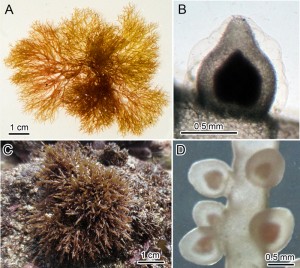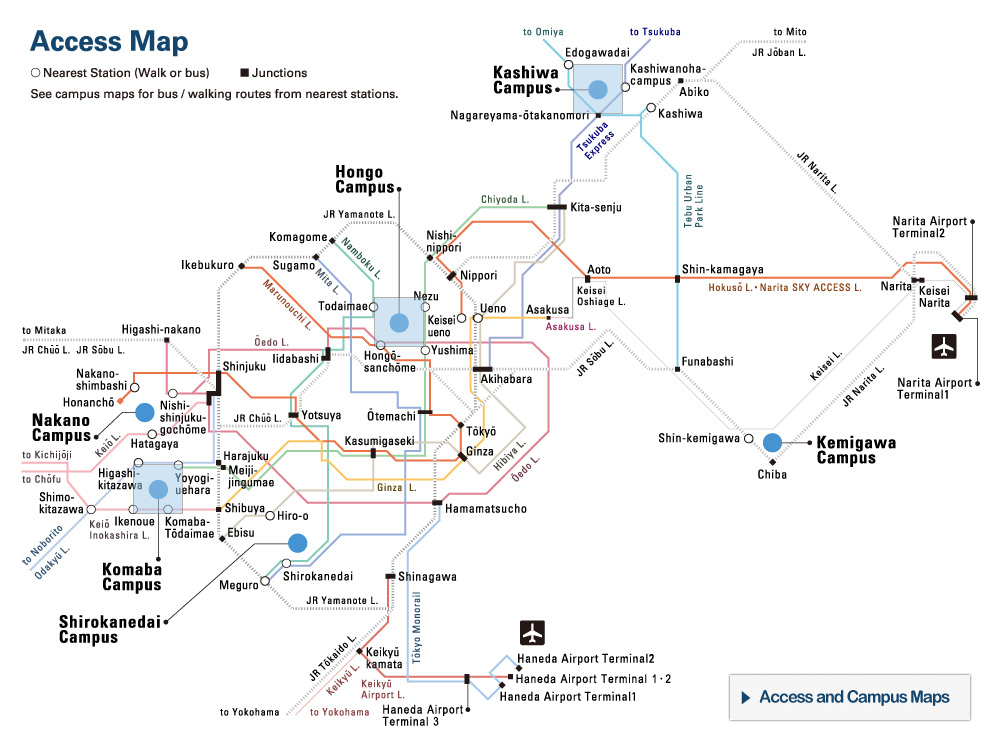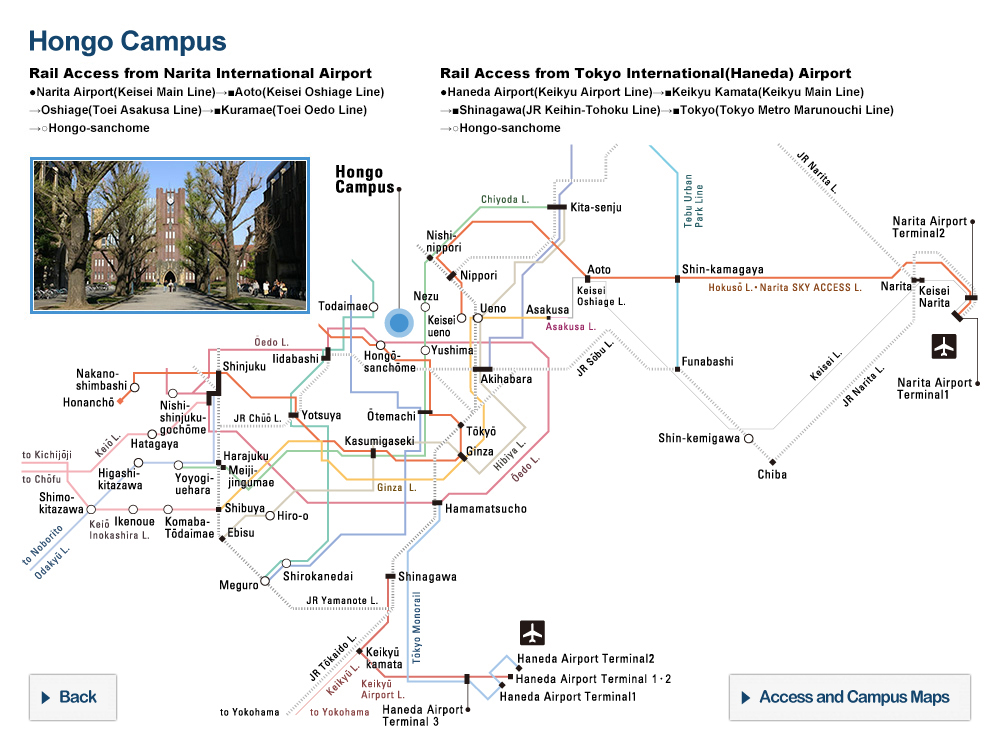New marine algal species found after 75 years in Iwate, Japan Unveiling marine algal diversity in the Sanriku region

The Japanese coasts are renowned as a global biodiversity hotspot of seaweeds. About 1,500 species have been recorded in Japan, including such well-known varieties as wakame, kelp, and tengusa which feature regularly on the Japanese table. However, even though the Sanriku offshore area of Iwate in north-eastern Honshu is influenced by a particular confluence of currents and produces a great variety of seaweeds, few taxonomic studies have been carried out there compared to regions such as Kanto and Hokkaido.

© Masahiro Suzuki, Morphology of Champia lubrica and C. parvula. (A). Photo of C. lubrica. (Location: Iwate Prefecture, Yamada Town.) (B). Cystocarp of C. lubrica. Shape is conical with pointed tip. (C). Photo of C. parvula. (Location: Chiba Prefecture, Choshi) (D). Cystocarp of C. parvula. Shape is rounded without a pointed tip, and the base is somewhat constricted.
The marine red alga, Champia parvula is one of the most commonly reported species, its range extending from subarctic to tropical regions of the world. In this research, post-doctoral researcher Masahiro Suzuki and Associate Professor Hisayoshi Nozaki’s group in the University of Tokyo’s Graduate School of Science Department of Biological Sciences collected Champia parvula from sites around Japan. Morphological studies and molecular analyses indicate that the species as previously recorded in Japan is a complex of at least two distinct species, since one sample from north-eastern Honshu differed from putative C. parvula. Therefore, the researchers described the new species Champia lubrica sp. nov. (species nova, new species). This is the first new species to be recognized since the discovery of two new species from Iwate Prefecture seventy-five years ago.
The objective recognition of Japanese endemic species makes a significant contribution to understanding of biodiversity in north-eastern Honshu and to preservation of seaweed biodiversity.
Press release (Japanese)
Paper
Masahiro Suzuki, Tetsuo Hashimoto, Taiju Kitayama and Hisayoshi Nozaki,
“Morphological and molecular evidence support the recognition of Champia lubrica sp. nov. (Champiaceae, Rhodophyta) from Japan,”
Phycologia 52 2013: 609-617, doi: 10.2216/13-128.1.
Article link
Links
Department of Biological Sciences, Graduate School of Science
Nozaki laboratory, Department of Biological Sciences, Graduate School of Science (Japanese)
Masahiro Suzuki’s Personal Website (Japanese)






